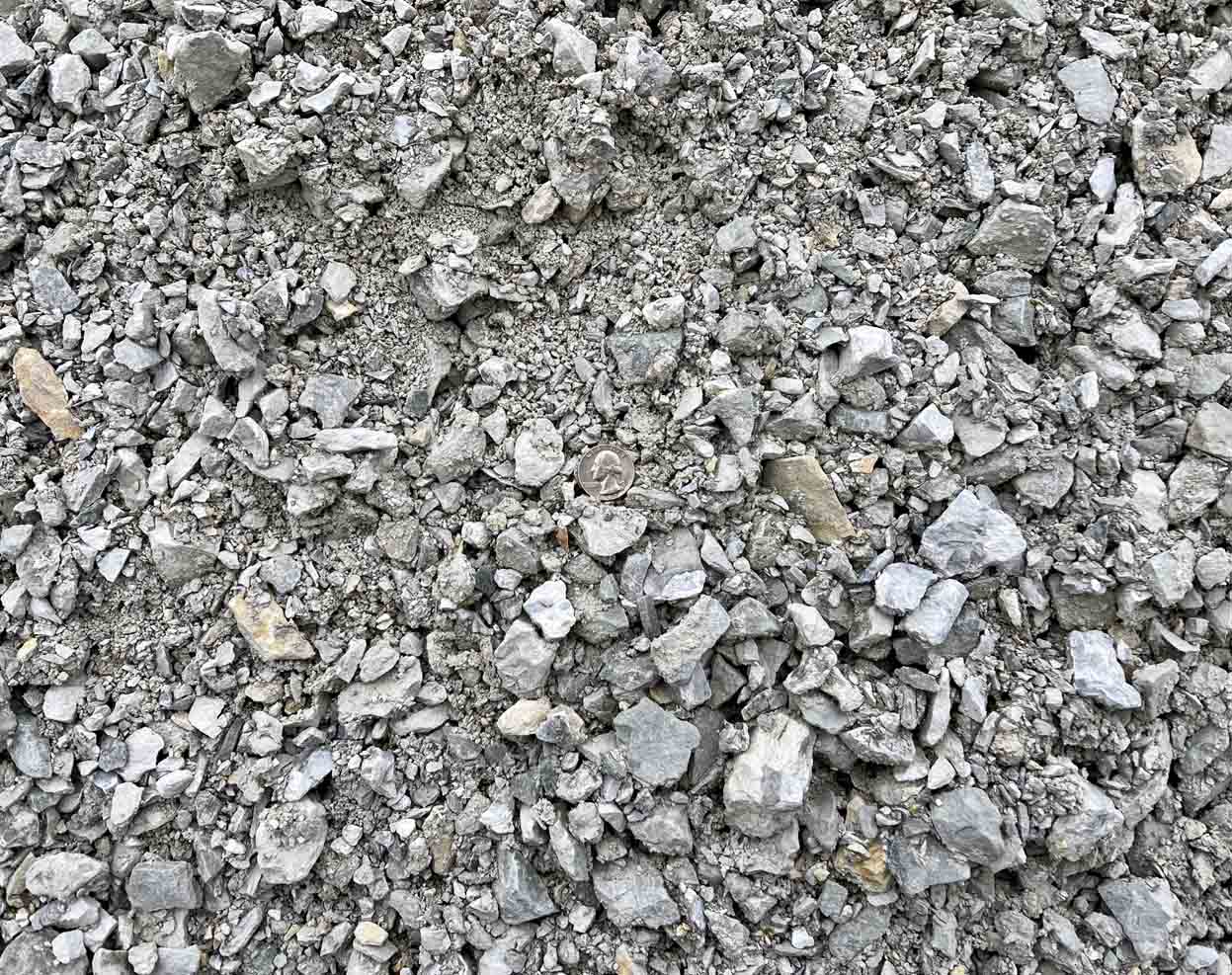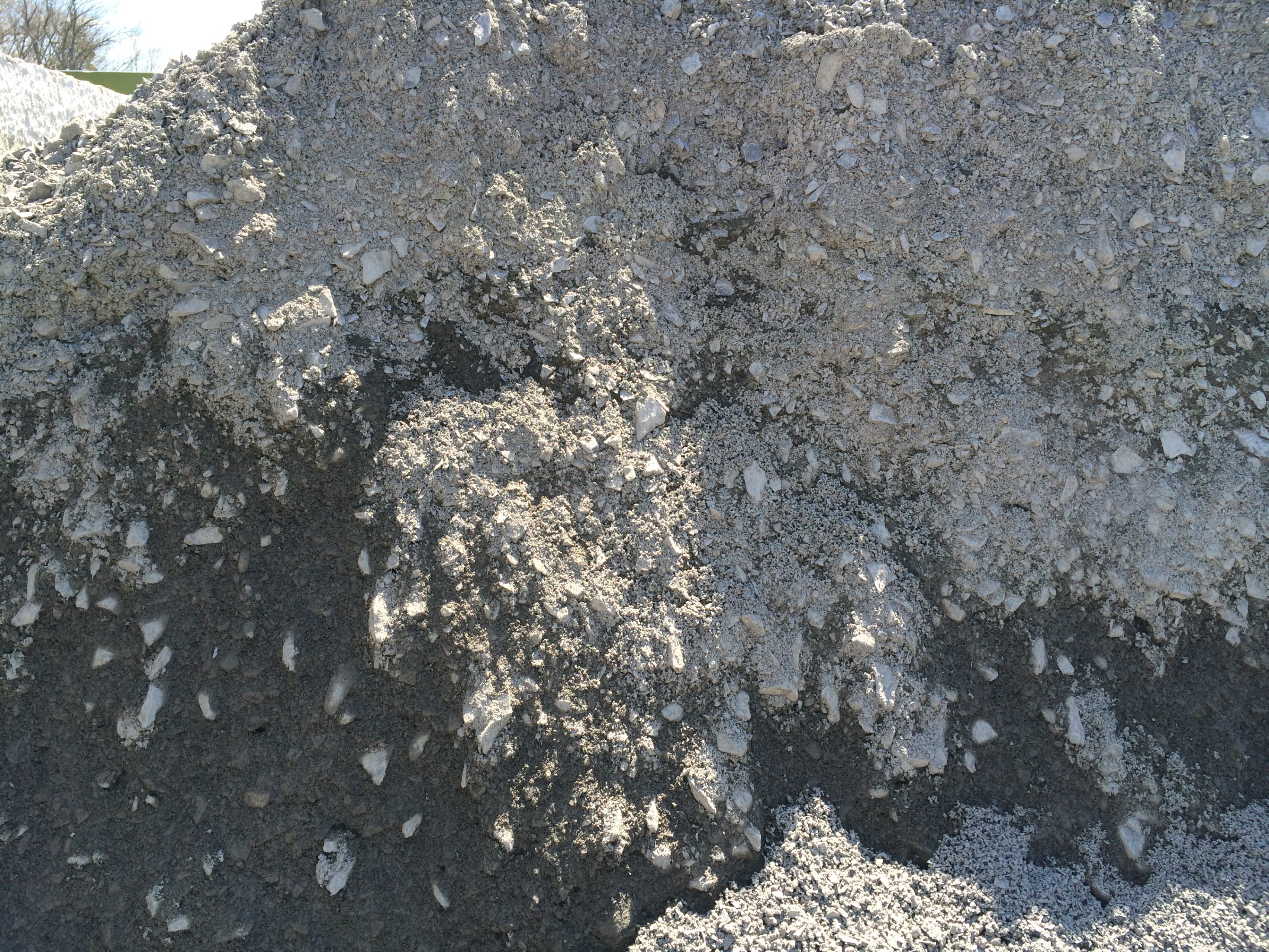
One of the cons of a gravel driveway is having to deal with pesky weeds. When laying down a new gravel driveway, it’s important to follow a few important guidelines to get the best results. Tips for Using the Best Gravel for Driveways The result is the volume of gravel needed to cover the area in cubic feet. Divide that result by 3 to get the proper amount for the depth, since 4 inches is 1/3 of a foot. To determine how many cubic feet are needed, measure the length and width of the driveway to determine its total area in square feet. Most gravel retailers sell gravel in cubic feet. Amount of Gravelįor most driveways, a depth of 4 inches is adequate for a new installation.

With its rounded shapes and earth tones, natural stone such as pea gravel and river rock is more attractive than crushed gravel, which is why it’s often also used in landscaping applications. There are some crushed stone products, such as marble chips, that are more attractive however, they’re considerably more expensive.

While crushed stone may be more functional than natural gravel, its drab, gray color gives a utilitarian look that can detract from a home’s curb appeal. Gravel comes in many shapes and colors that impact the aesthetics of your home. Smaller gravel that’s less than 3/4 of an inch in diameter or that has a significant amount of dust mixed in it will compact more easily than gravel with larger chunks, creating fewer gaps for the water to pass through. These gaps allow water to easily pass through, resulting in better drainage. Larger gravel that’s 1 inch or more in diameter creates gaps between the rocks. That said, different types of gravel drain better than others. One of the advantages of going with a gravel or stone driveway versus a solid concrete or macadam (tar and chip) surface is that gravel offers better drainage. As such, crushed stone requires less maintenance and refreshing than natural stone. This allows the individual pieces of stone to interlock with each other, preventing them from moving as traffic rolls over the driveway. As such, natural gravel driveways often need edging to keep the gravel in the driveway.Ĭrushed stone typically has irregular sizes, a rough texture, and angular edges that are created during the crushing process. Because of this, it’s more likely to migrate out of the driveway when a car rolls over it. Natural gravel, such as pea gravel, has a rounded shape and smooth texture. Natural gravel comes in a variety of different types, ranging from river rock to pea gravel. Naturally formed gravel, in comparison, consists of natural stone that has been shaped from the natural erosion of larger rocks (some gravel is formed in a stream or riverbed). The crushing process typically gives the pieces a white or gray color. Per its name, crushed stone is created by taking larger pieces of stone or rock and crushing it into smaller pieces. Gravel is available in two main types: crushed stone and naturally formed gravel.


Keep reading to learn more about these attributes of driveway gravel. While choosing between crushed stone and naturally formed gravel is crucial when deciding on the right material, there are a few additional factors to consider, including the gravel’s durability, drainage, shape, and color. Its grey colour adds a contemporary and stylish finish to any outdoor space.Photo: What to Consider When Choosing the Best Gravel for Driveways Limestone chippings are utilised for numerous purposes, not least garden borders, driveways and pathways. Limestone presents fantastic drainage qualities, enhanced strength and decreases the chance of drying shrinkage when used within concrete mix applications. Limestone aggregate is predominantly used as a sub-base within the Construction Industry, where robustness is required to withstand the weight of traffic, tarmac or asphalt surfacing or load-bearing structures like bridges. Limestone aggregates are generally bulky and jagged, available in a range of sizes from pavers through to crushed limestone particles or fragments. Niagara Falls, is widely recognised as one of the most iconic Limestone depositories but quarries are more common. Made up of calcium carbonate, Limestone is typically located anywhere previously occupied below Sea levels. When compared to similar counterparts, like Gravel, Limestone differentiates in the main due to the fact that it’s formed from just one specific sedimentary rock type.


 0 kommentar(er)
0 kommentar(er)
